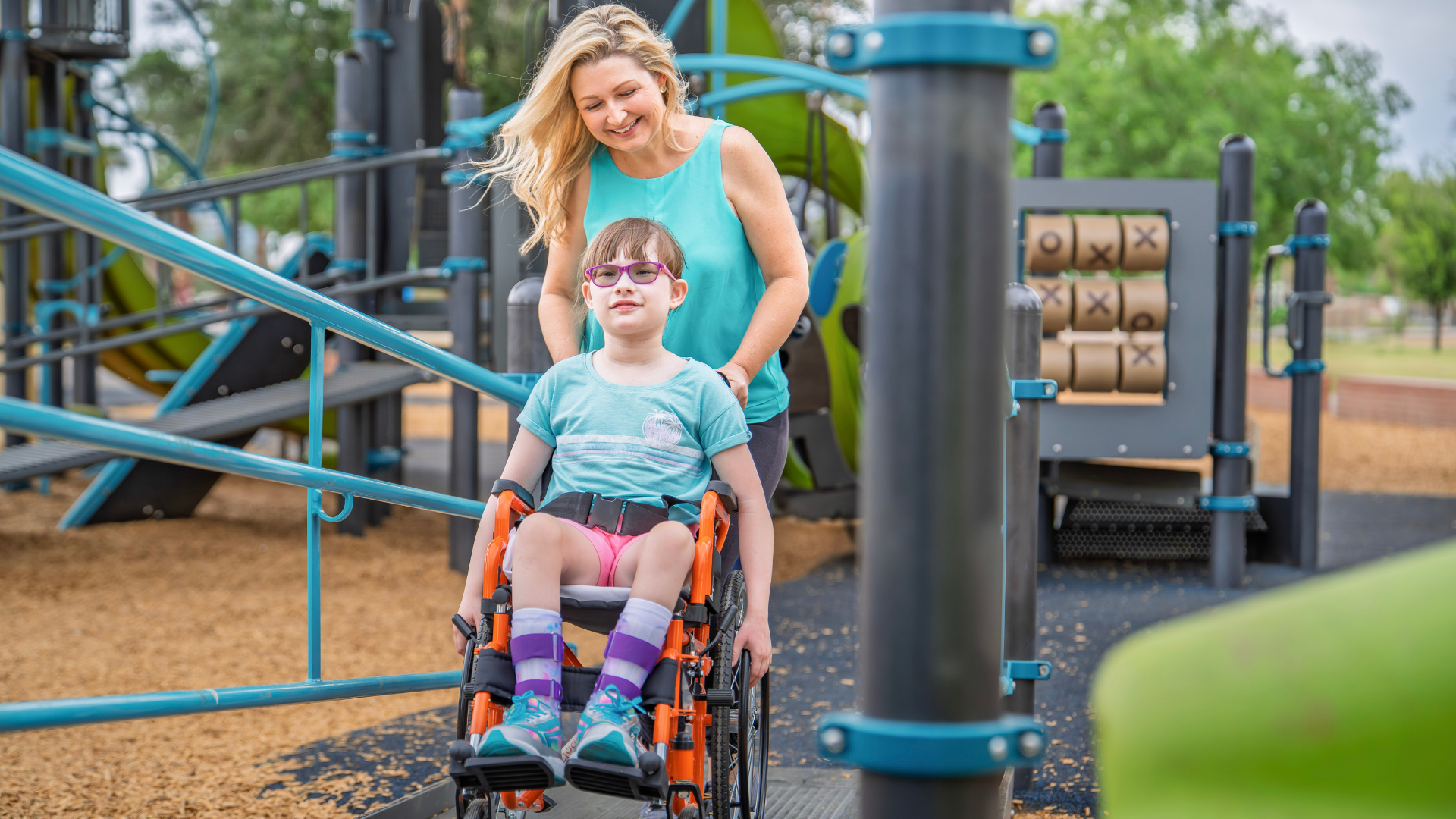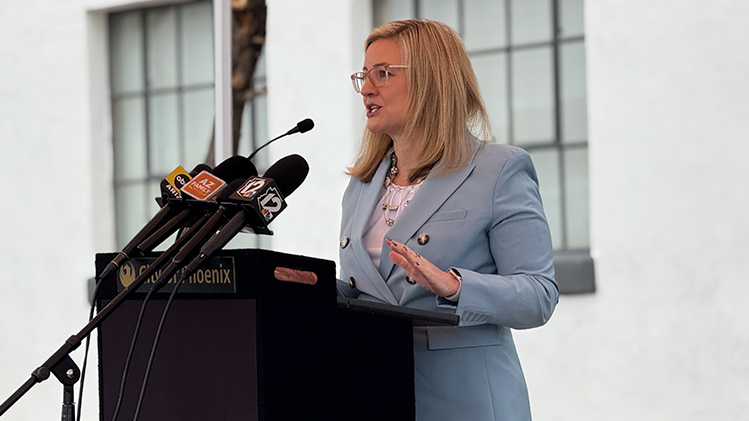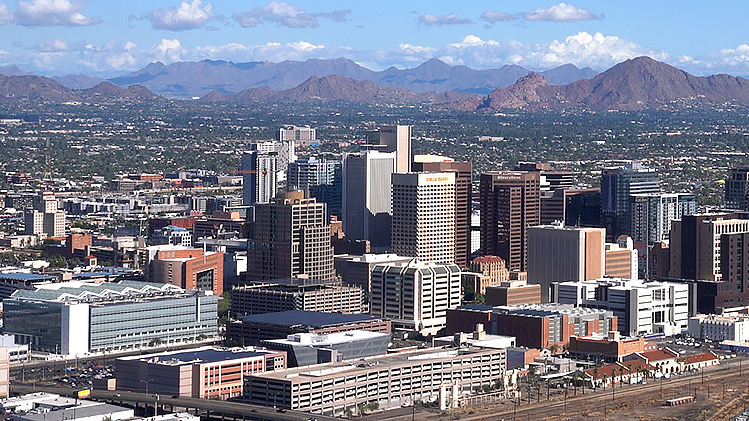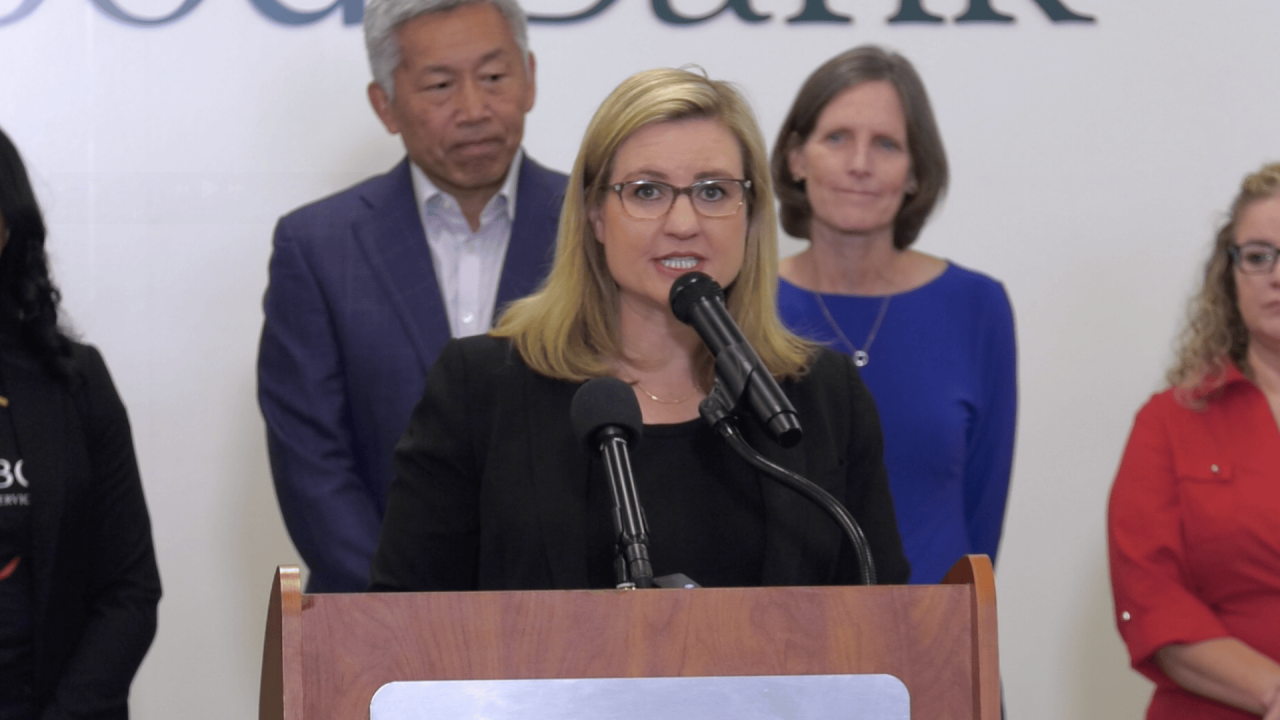Phoenix has launched a Citywide food drive to assist residents due to SNAP benefit interruptions.
Phoenix Unveils Accessibility Achievements, Sets Vision for Global Model of Inclusion

City workgroup presents sweeping infrastructure, digital, and awareness reforms
Today, the City of Phoenix’s Strategic Workgroup on Accessibility presented its final report to the City Council, highlighting ways the city is making it easier for people to move safely in their homes and throughout the city, to age in their homes with dignity, and to use technology to better engage with their community.
Their work marks a major milestone in Mayor Kate Gallego’s vision to make Phoenix a global leader in accessibility.
Last year, after Mayor Gallego called for a more accessible Phoenix in her annual State of the City address, the city launched the workgroup and brought together City departments, advocacy groups, and community members to deliver tangible improvements in accessibility.
Councilwoman Debra Stark led the workgroup’s efforts, which include enhanced wayfinding using tactile directional indicators for people with low or no vision, inclusive home designs on newly constructed houses, and a citywide hackathon that invited the community to innovate solutions that make Phoenix more accessible for all.
“While there is more work to be done, I'm proud of the workgroup's bold ideas and the real-world impact we are already seeing,” Mayor Gallego said. “Building a city that works for everyone expands access and strengthens Phoenix as a whole.”
Councilwoman Stark said “we didn’t just talk about accessibility – we built it. Whether it’s hearing loop technology in public spaces or inclusive design in our residential building code, Phoenix is setting a new standard for what cities can do.”
The workgroup had three subcommittees: physical infrastructure, digital environment, and social awareness. Significant improvements were made in each focus area.
Three Pillars of Progress
1. Physical Infrastructure: Building a More Inclusive City
Phoenix adopted inclusive home design standards to help residents age in place, reduce costly retrofits, and feel safer at home. The changes apply to newly constructed homes in Phoenix and features including wider hallways and no-step entrances.
Through the Phoenix Police Department’s Accessibility Compliance Enforcement Program, the City is also cracking down on illegal use of accessible parking spaces and educating our community about keeping them available for those who truly need them.
Promotion of inclusive design in both public and private spaces will continue.
2. Digital Environment: Leveraging Technology to Include Everyone
A citywide hackathon, which invites the community to innovate solutions to public challenges, brought together more than 150 participants to develop digital accessibility solutions. In addition, the City is installing hearing loop technology in public spaces (which clarifies sound and reduces background noise for people with hearing aids) and deployed a language translation tool that support more than 220 languages, including ASL. Digital kiosks also received an update to improve the experience for mobility device, low-vision, and multilingual users.
3. Social Awareness: Changing Culture Through Communication
A multimedia campaign featuring residents with disabilities is positioning Phoenix as a national leader in inclusion. A new digital hub (Phoenix.gov/AccessiblePHX) centralizes accessibility resources for residents and visitors. The City is also leveraging an ongoing community survey to gather feedback on opportunities for improvements.
Beyond the Workgroup
City departments launched several impactful accessibility-related programs, including an autism certification training for employees to better serve residents, accessible City playgrounds and trails, public transit options, and more.
As the Strategic Workgroup concludes its term, the Mayor’s Commission on Disability Issues will continue the momentum. Phoenix remains committed to expanding successful initiatives, strengthening collaboration among all City departments, and maintaining leadership in accessibility innovation.
Watch the full presentation to the Mayor and City Council
Read the full report (starts on page 18)
Learn more about resources at Phoenix.gov/AccessiblePHX


